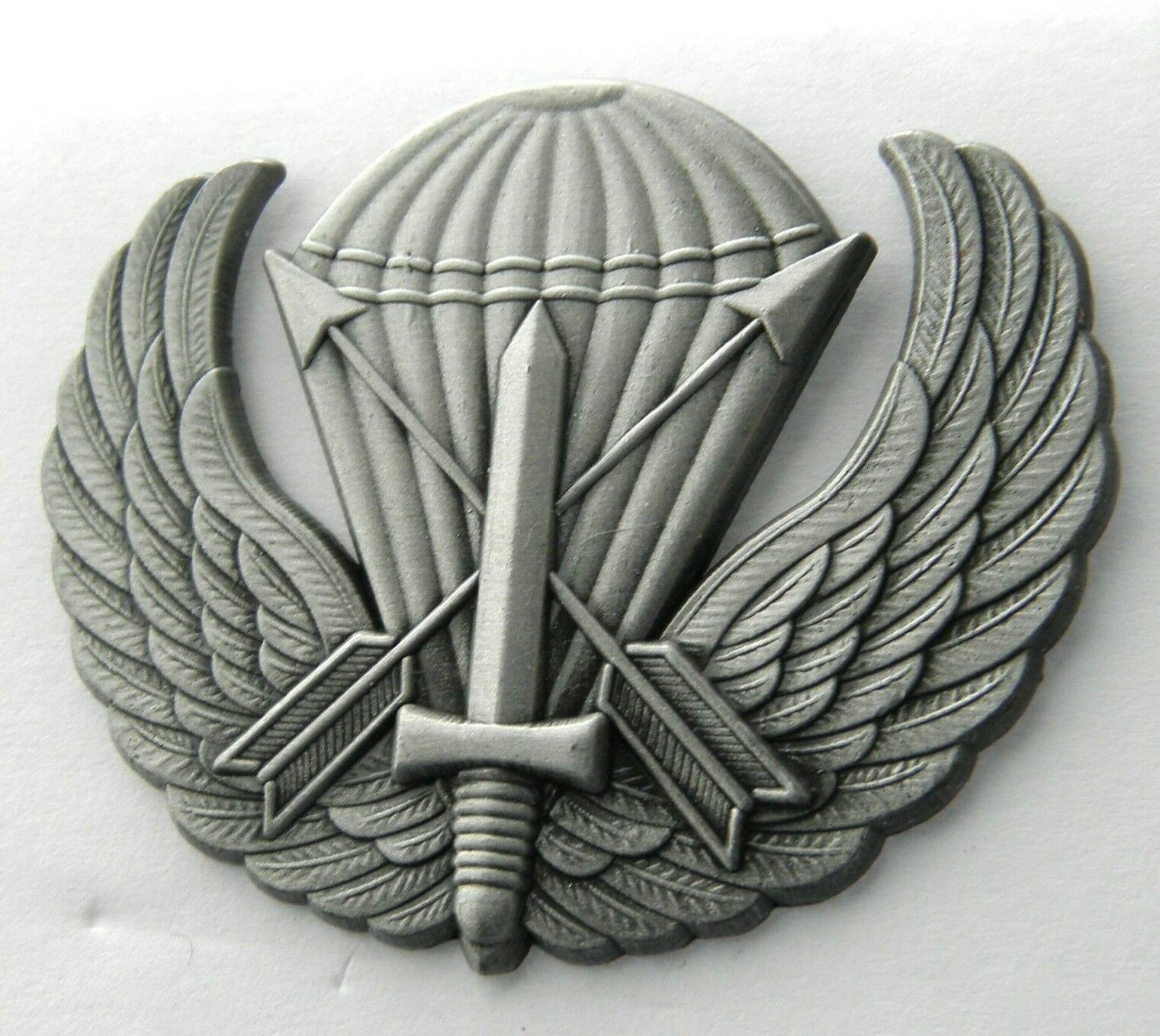

Aerial Ice Observers (from the International Ice Patrol) as well as Sensor System Operators, Tactical Systems Operators, Aviation Gunners and Aviation Medical Technicians are eligible for designation. The Coast Guard authorized the Aviation Mission Specialist designation on Augin COMDTNOTE 1200 (ALCOAST 401/03). In the Marine Corps the badge is awarded to in-flight aircraft support personnel under its original name as the Naval Aviation Observer Badge for non-aeronautically designated officers flying in observer/spotter roles in Marine Corps aircraft. In this form the Naval Observer Badge is still in existence, but is alternatingly referred to by both its original name and, in the case of when worn by Meteorology officers, as the Flight Meteorologist Badge. However, in lieu of being totally discontinued, the criteria for the Naval Aviation Observer insignia was modified again and granted to non-pilot/non-NFO aviation mission specialists such as in-flight Meteorologists or for Naval Intelligence or Cryptology officers who regularly fly as crew on selected naval aircraft. In 1966 a new insignia was instituted, and by 1968 the Naval Aviation Observer Badge was replaced by the Naval Flight Officer Badge. These were abolished in favor of the standardized gold insignia/silver anchor/silver circle design. Naval Aviation Observer/Flight Meteorologist Badgeįor a brief period starting in 1945, the Secretary of the Navy approved distinct insignia for Naval Aviation Observers with Navigation, Radar, Tactical, and Aerology specializations. The Technical Observer Badge was primarily awarded to flight engineering personnel assigned to assist the flight engineer. The third and final version of the Observer Badge was the Technical Observer Badge, an Aviator Badge with a T and O motif in the center. For Balloon Observers, a separate badge was created: the Observer Badge augmented with a balloon insignia. The first was the Combat Observer Badge: in appearance an Aviator Badge with a large 'O' in the center. They sat midship, where the radio operator would normally sit, since they used an electronic not optical bombsight.īy the time of the United States' entry into the Second World War, three Observer Badges were authorized by the Army Air Forces. Note that bombardiers that used the top secret SHORAN also received the Observer Badge. On 20 February 1940 the rating was changed to that of Combat Observer, followed by redesignation as Aircraft Observer on 4 September 1942. However, as military aviation developed, changes in the concept of an Airplane Observer necessitated the redesign of the Observer Badge with a corresponding change in the eligibility criteria.

Armed Forces, the Observer Badge is rarely issued, but has seen a resurgence in the Air Forces of other countries, most notably the United Kingdom and Canada.īetween 19 the design of the Observer Badge remained unchanged, and was issued to both airplane and lighter-than-air ratings. Air Force awards its USAF Observer Badge, which is identical to the USAF Navigator Badge, to Air Force officers who have qualified as NASA Space Shuttle Mission Specialists, have flown an actual mission aboard the shuttle and/or the International Space Station and who are otherwise not previously aeronautically rated as an Air Force pilot or navigator. In addition to wings for Naval Aviators and Naval Flight Officers, the United States Navy still maintains an "Observer Badge" which is issued to flight-qualified mission specialists, such as a select number of meteorologists and intelligence officers in both the U.S. The Observer Badge survived through the Second World War and into the 1950s, at which time the concept of an Observer Badge was phased out in favor of the modern Aircrew Badge and Navigator-Observer Badges. The badge was issued to co-pilots, navigators, and flight support personnel (as air observer) who had received a variation in the training required for the standard Pilot's Badge. The Observer Badge is a military badge of the United States armed forces dating from the First World War.


 0 kommentar(er)
0 kommentar(er)
